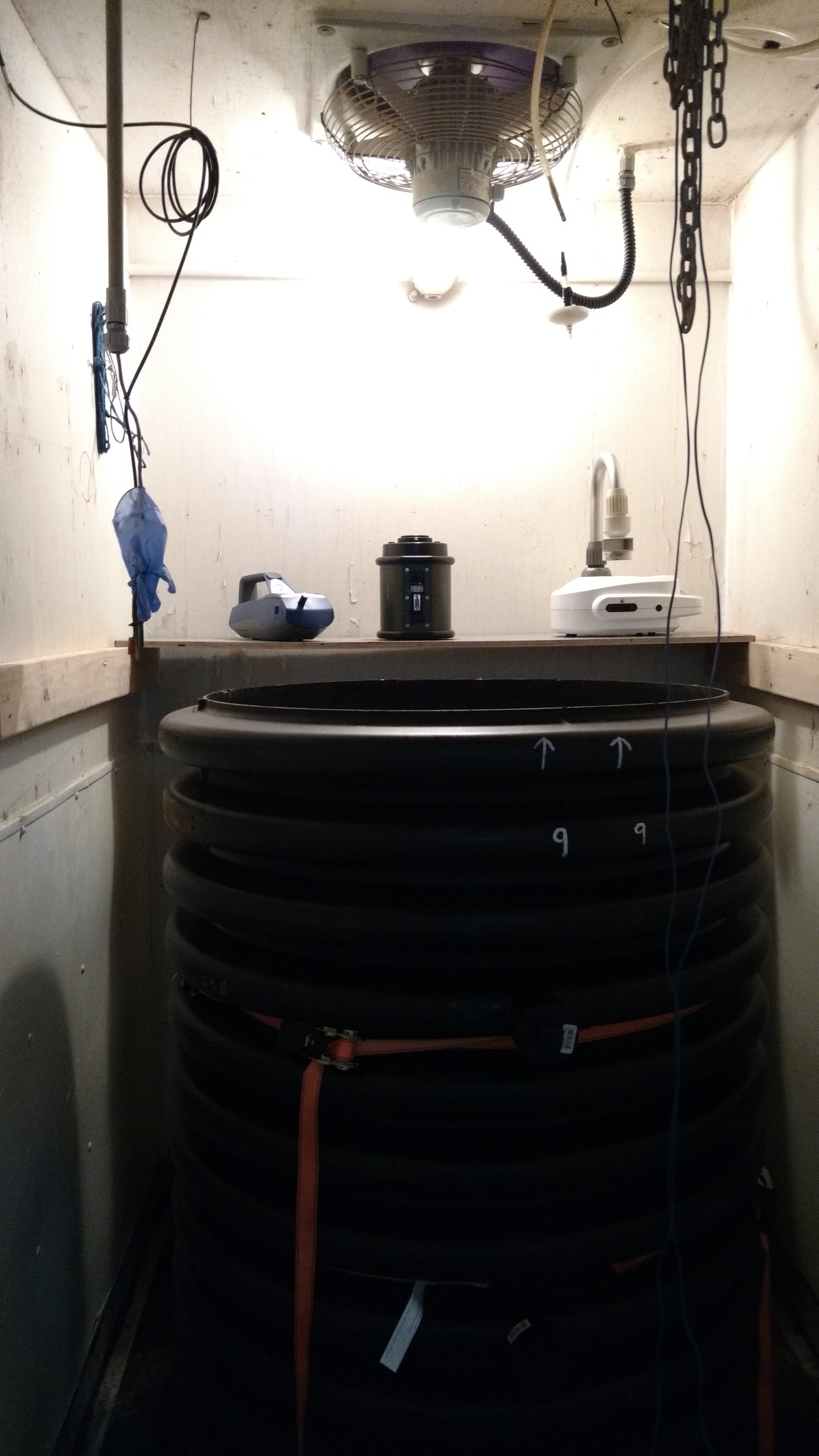Publications
Composting recycled manure solid: Impact on bioaerosols in dairy farms

- Publication date : 2019-06-27
Reference
Duquette-Lozeau, K.*, Lemieux, J., Létourneau, V., Fournel, S., Côté, C., Godbout, S., & Duchaine. C. (2019). Composting recycled manure solid: Impact on bioaerosols in dairy farms. Air & Waste Management Association’s 112th Annual Conference & Exhibition, Québec, QC, Canada, 25-28 juin 2019.
Keywords
Lait Fumier Environnement
Abstract
Recycled manure solids (RMS) are produced from a solid-liquid separation of fresh cow manure and the solid fraction is used as bedding under dairy cows, with or without a sanitization treatment. RMS are gaining Canadian dairy producers’ interest, since representing economic bedding. However, effects on human health of using RMS in dairy barns remains unknown. In this study, the impact on the air quality of the method used to compost RMS was evaluated during 10 days in environmentally controlled and confined experimental chambers. Four composting methods were tested: SW) static; TW) turned daily; DC24) static after 24 h in a drum composter; DC72) static following 72 h in a drum composter. Air samples were taken using a Coriolisµ Biological Air Sampler (200 L/min, 10 min, Bertin Corp.) and a SASS 3100® Dry Air Sampler (300 L/min, 10 min, Research International) at days 0 (when RMS where piled), 5 and 10. The experimental set-up was designed to mimic worker’s exposure up to 10 days following the piling of RMS in dairy barns. Airborne microorganisms were analyzed by culture (mesophilic bacteria and fungi, thermotolerant fungi) or by qPCR for total bacteria (16S rDNA) and Penicillium/Aspergillus (ITS1), as well as the human pathogens A fumigatus (ITS1), Klebsiella pneumoniae (phoE), Legionella pneumophila (mip) and Saccharopolyspora rectivirgula (16S rRNA).
At day 0, as RMS were loaded, airborne microorganisms concentrations were higher than at days 5 and 10, since piling RMS aerosolized particles. However, at day 0, TW composting method showed the lowest levels of airborne culturable mesophilic fungi and total bacteria, while SW was characterized by the lowest concentrations of culturable mesophilic bacteria and Penicilium/Aspergillus. For days 5 and 10, SW and TW composting methods showed the lowest airborne microbial concentrations. No significant difference was observed between composting methods for culturable thermotolerant fungi. A fumigatus was detected only in one sample at day 5 for DC24. No other human pathogens were detected in air samples.
In conclusion, SW appears to be the composting method to privilege in order to limit occupational exposure to airborne microorganisms in the barn. In the next few months, more airborne human respiratory pathogens will be quantified from the same air samples and the impact on air quality of using and spreading RMS as cow bedding will be studied in commercial dairy barns.


